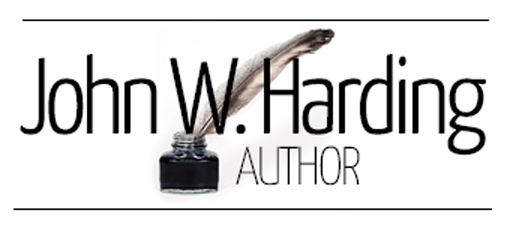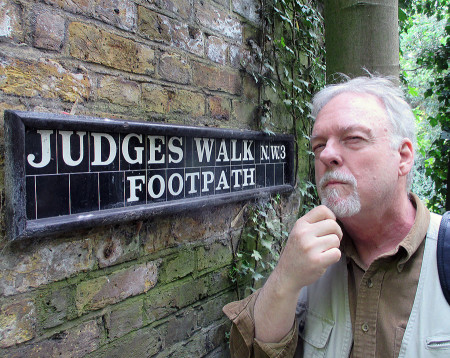The question of “Who knows what?” is not just a question for writers of whodunnits. What does the reader know and when does he know it is crucial to success in every genre of storytelling.
In early drafts, it often appears to be a matter of guessing or conjecture. You added some character or detail for a purpose, and to get its desired effect means that this-or-that should be revealed at a certain point in the narrative. “When and how?” is the most relevant question at this stage.
But as the story takes shape and plot points acquire definition, the answers to “Who knows what?” become more pressing at each turn of the story.
After many early drafts, I arrived at not one but two narrators for “The Ben-Hur Murders: Inside the 1925 ‘Hollywood Games.'” The first and dominant voice belongs to the fugitive Grover, who is recalling his experiences as a young man on the set of “Ben-Hur.” He speaks to us from his unspecified future, when he knows the outcome and meaning of his experiences — at least as he sees them.
That means he is also in a position to know the ultimate fate of many of the characters he meets that day. Early in the writing, I decided to limit the intrusions of this “future” Grover. I did not want him slowing down the narrative with a lot of biographical exposition unless there was an emotional or thematic value to his doing so.
The other narrative voice in “The Ben-Hur Murders” belongs to silent screen beauty Norma Shearer. I wanted her voice to add variety while emphasizing the immediacy in Grover’s perspective. I found Norma’s narrative voice worked best as a sort of hovering presence, omniscient but subjective and held to certain limits. It pops in and out of her mind (and her past) but cannot know what other characters are thinking, let alone see into the future.
These two voices allowed me to control the question of “Who knows what?” by the careful harvesting of past, present and future facts. The two narrative schemes work on separate planes and chronologies that underscore the two characters’ class, gender and background differences. They only appear in sync when the two finally come together in Norma’s private stall. Then, with a kiss, these two dissimilar eyewitnesses suddenly become as one, and briefly share the greater experience of their reality.
I would love to know your reaction to the dual narrators. Which voice worked better for you?
(c) 2015 John W. Harding
“The Ben-Hur Murders: Inside the 1925 ‘Hollywood Games'” is available at Amazon.com as a paperback and a Kindle download, and also exclusively in hardcover from Lulu Press.



Leave a Reply